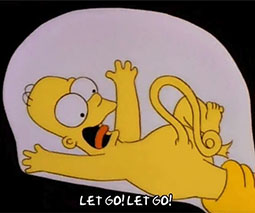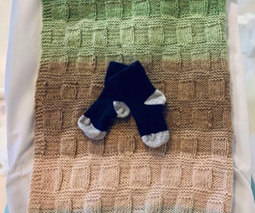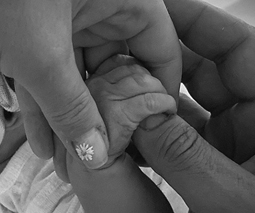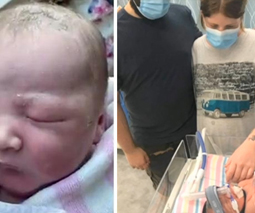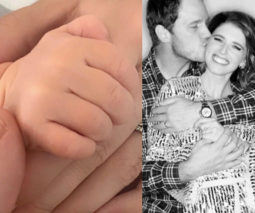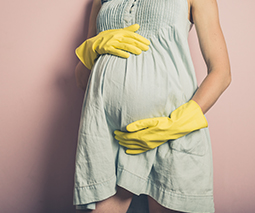Photo showing how mum’s bones shift during birth will take your breath away

We know that pregnancy and childbirth change a woman’s body in all kinds of ways, but this photo illustrates one of those transformations in a rarely-seen way.
The Rhombus of Michaelis
Instagram account North Dallas Doula Associates shared this image and gave some background on what exactly is going on here.
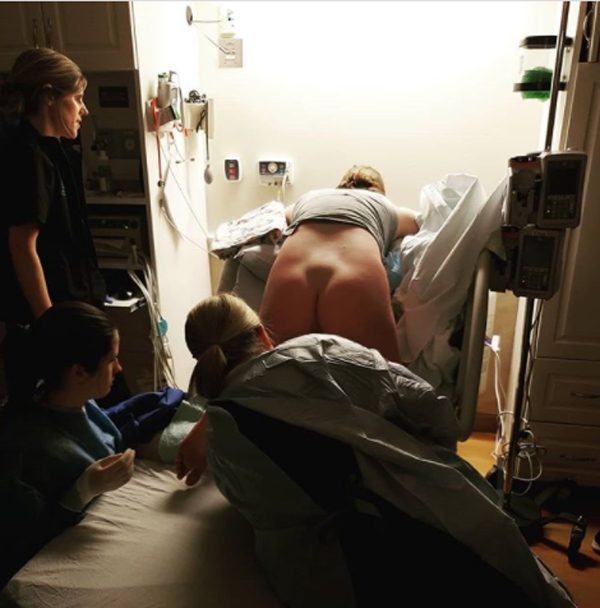
“The rhombus of Michaelis (sometimes called the quadrilateral of Michaelis) is a kite-shaped area that includes the three lower lumber vertebrae, the sacrum and that long ligament which reaches down from the base of the scull to the sacrum,” they wrote alongside the amazing photo of a woman labouring.
“This wedge-shaped area of bone moves backwards during the second stage of labour and as it moves back it pushes the wings of the ilea out, increasing the diameters of the pelvis. We know it’s happening when the woman’s hands reach upwards (to find something to hold onto, her head goes back and her back arches. It’s what Sheila Kitzinger (1993) was talking about when she recorded Jamaican midwives saying the baby will not be born ‘till the woman opens her back’. I’m sure that is what they mean by the ‘opening of the back’.”
They go on to explain that this a totally normal physiological phenomenon: “This happens as part of physiological second stage; it’s an integral part of an active normal birth. If you’re going to have a normal birth you need to allow the rhombus of Michaelis to move backwards to give the baby the maximum amount of space to turn his shoulders in.”
To help this ‘opening of the back’ happen, upright or leaning-forward active birth positions are recommended.
“When women are leaning forward, upright, or on their hands and knees, you will see a lump appear on their back, at and below waist level.”
Shape-shifting
The appearance of the rounded Rhombus of Michaelis – the area of the lower back that bulges during birth – signals to attending midwives or doctors that the baby is descending through the birth canal.
It was named after a gent called Gustav Adolf Michaelis who was a 19th-century German obstetrician.
Lady lumps
Commenters on this post said this made so much sense to them, and a bunch of women said they actually felt their bones pop open to allow their baby’s passage.
“When my bones shifted for birth I felt a pop like when you crack your knuckles and it felt SOOOOO GOOD!!! I had been having terrible back labor and then POP and just this extremely wonderful release and the pain was gone. So amazing.”
“I had the pop with my last baby and I literally couldn’t even feel my contractions anymore! So grateful!!! Doc said it was normal and watched the screen to see contractions and tell me when to push!”
“Same thing for me!! I delivered my son in this position and felt the pop and immediate relief and baby was here 2 pushes later !! So amazing.”
The Rhombus of Michaelis rises as labor progressing towards the pushing phase. It is the result of the baby's head…
Posted by Human Birth Project on Friday, July 28, 2017



